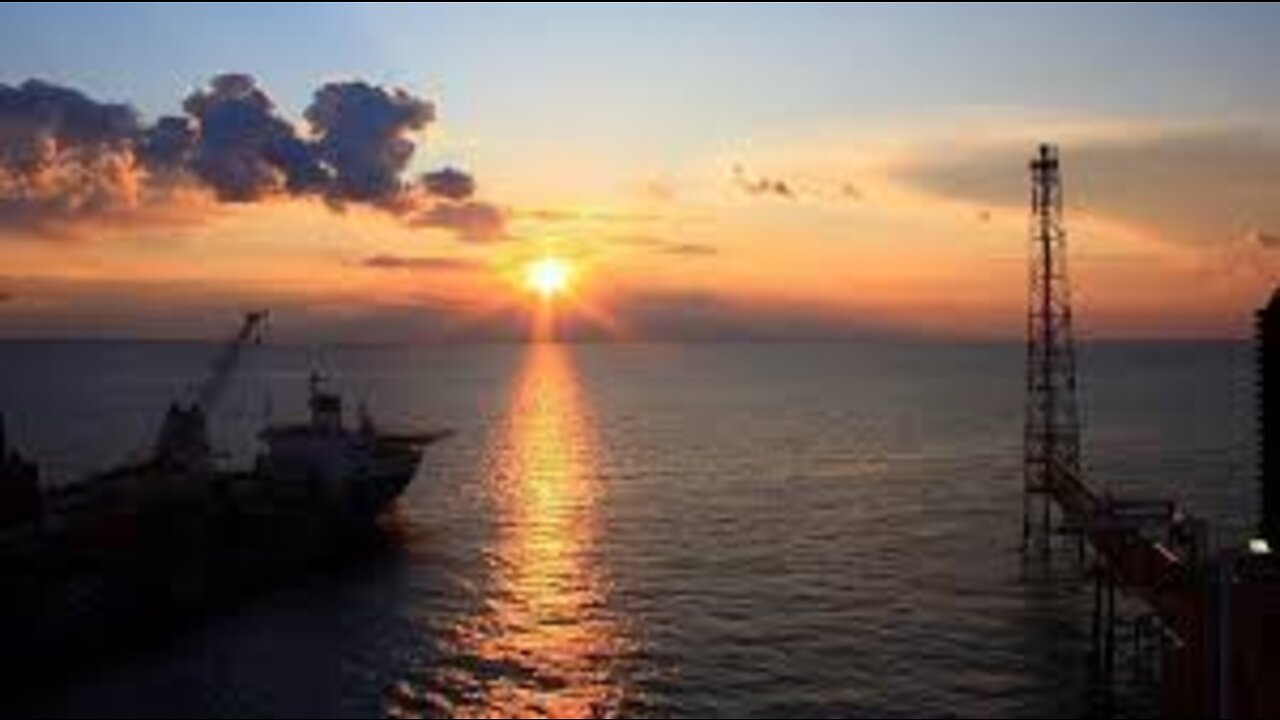Premium Only Content

The Beautiful Persian Gulf
The Persian Gulf is connected to the Indian Ocean through the Strait of Hormuz. Writing the water balance budget for the Persian Gulf, the inputs are river discharges from Iran and Iraq (estimated to be 2,000 cubic metres (71,000 cu ft) per second), as well as precipitation over the sea which is around 180 mm (7.1 in)/year in Qeshm Island. The evaporation of the sea is high, so that after considering river discharge and rain contributions, there is still a deficit of 416 cubic kilometres (100 cu mi) per year.[8] This difference is supplied by currents at the Strait of Hormuz. The water from the Persian Gulf has a higher salinity, and therefore exits from the bottom of the Strait, while ocean water with less salinity flows in through the top. Another study revealed the following numbers for water exchanges for the Persian Gulf: evaporation = –1.84 m (6.0 ft)/year, precipitation = 0.08 m (0.26 ft)/year, inflow from the Strait = 33.66 m (110.4 ft)/year, outflow from the Strait = -32.11 m (105.3 ft)/year, and the balance is 0 m (0 ft)/year.[9] Data from different 3D computational fluid mechanics models, typically with spatial resolution of 3 kilometres (1.9 mi) and depth each element equal to 1–10 metres (3.3–32.8 ft) are predominantly used in computer models.
-
 3:45:23
3:45:23
Benny Johnson
10 hours ago🚨 Watch President Trump FREE January 6th Political Prisoners LIVE Right Now | Stadium ROARS
267K293 -
 5:19:30
5:19:30
Donald J. Trump
14 hours agoDonald J. Trump Attends the Presidential Parade
607K361 -
 DVR
DVR
GOP
1 day agoDonald J. Trump Attends the Presidential Parade
344K85 -
 11:51:52
11:51:52
Right Side Broadcasting Network
7 days agoLIVE REPLAY: Inauguration of the 47th President Donald Trump, and Presidential Parade - 1/20/25
1.29M571 -
 4:25:55
4:25:55
Kimberly Guilfoyle
12 hours agoLive Inauguration Day Coverage
185K52 -
 1:06:10
1:06:10
LFA TV
1 day agoThe Return of 45 | TRUMPET DAILY 1.20.25 7pm
94.9K -
 1:50:51
1:50:51
2 MIKES LIVE
8 hours ago2 MIKES LIVE #169 Inauguration Day Special!
62.4K11 -
 1:58:10
1:58:10
Quite Frankly
12 hours ago"The Inauguration Day Call-in Show" 1/20/25
57.5K12 -
 1:13:26
1:13:26
The Big Mig™
9 hours agoTrump’s Back!
57.8K13 -
 1:06:36
1:06:36
The Rubin Report
12 hours agoNo One Expected These Brutal Moments in Trump’s Inauguration Speech with Co-Host Sage Steele
146K149